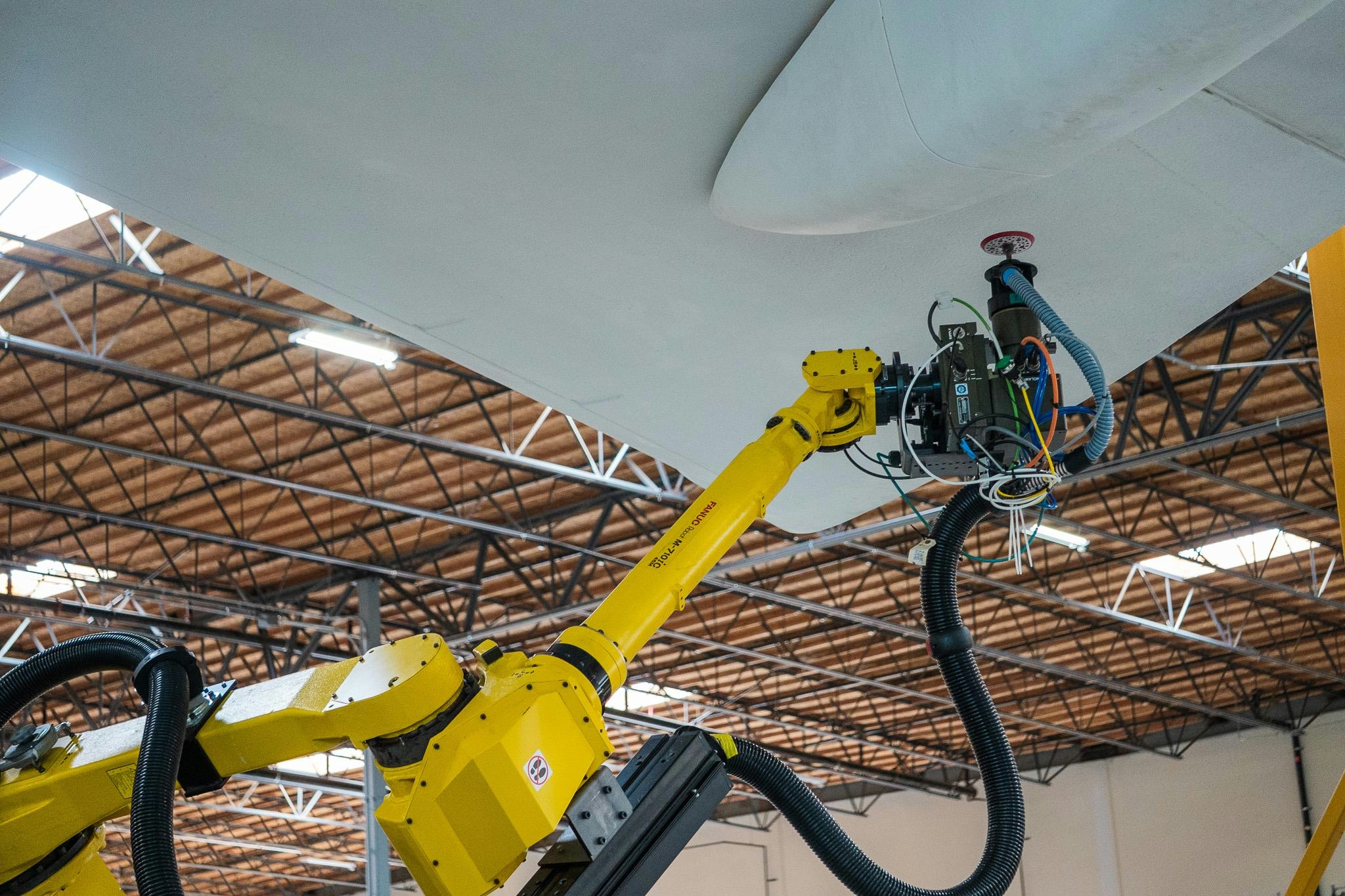
AeroGenie — Your Intelligent Copilot.
Trending
Categories
The Key Feature Shared by Widebody Airplanes and Warships

The Key Feature Shared by Widebody Airplanes and Warships
It may come as a surprise that the advanced gas turbine technology powering some of the world’s largest commercial airliners also serves as the driving force behind many of today’s most sophisticated warships. Variants of the Rolls-Royce Trent 800—renowned for powering the Boeing 777 Classic—and the GE CF6—used on the Boeing 747 and other widebody aircraft—form the backbone of propulsion systems for Western naval fleets. The Rolls-Royce MT30, a marine adaptation of the Trent 800, and the GE LM2500, derived from the CF6, have become the primary gas turbines for the US Navy, Royal Navy, and allied fleets.
Rolls-Royce Trent 800 and MT30: From Skies to Seas
Introduced in 1991 and entering service in 1996, the Rolls-Royce Trent 800 was a pivotal engine option for the Boeing 777 Classic. It secured approximately 40% of the market share, competing against rivals such as the Pratt & Whitney PW4000 and GE90. The Trent 800 was particularly noted for its lighter weight—up to 8,000 pounds less than competitors—enabling airlines to increase payload capacity. Production of the Trent 800 ceased in 2010, and it was used exclusively on the 777 Classic, with the newer 777X now powered solely by the GE9X.
Building on the Trent 800’s core technology, Rolls-Royce developed the MT30 marine gas turbine, which shares about 80% of its components with its aviation predecessor. First run in 2002, the MT30 was engineered with roughly 50% fewer parts than other aero-derived turbines in its class, significantly reducing maintenance demands. This reduction is a critical advantage for both airlines and navies, which face high upkeep costs and a competitive market for skilled engineers.
The MT30 entered service in 2008 aboard the US Navy’s USS Freedom, a Littoral Combat Ship. Its twin-spool, high-pressure ratio design and free power turbine enable speeds exceeding 40 knots. The MT30’s adaptability has made it the propulsion choice for a range of modern warships, including the Royal Australian Navy’s Hunter-class frigates, the Italian Navy’s Trieste Landing Helicopter Dock, and Japan’s Mogami-class multi-role frigates and Izumo-class helicopter destroyers, the latter now retrofitted for F-35B operations.
This cross-industry technology transfer highlights a critical element shared by widebody airliners and warships: advanced propulsion systems that demand both technical expertise and significant investment. As airlines and navies alike pursue greater efficiency and reliability, the use of common engine platforms can drive cost efficiencies but also intensifies competition for skilled engineers and maintenance resources.
Industry Implications
The convergence of aviation and naval propulsion technologies is reshaping both sectors. Market dynamics increasingly emphasize cost-saving innovations and technological advancements, while competitors race to develop similar or superior systems to maintain their edge. Consequently, the boundaries between aerospace and maritime engineering continue to blur, with both industries benefiting from shared progress in propulsion, efficiency, and operational readiness.
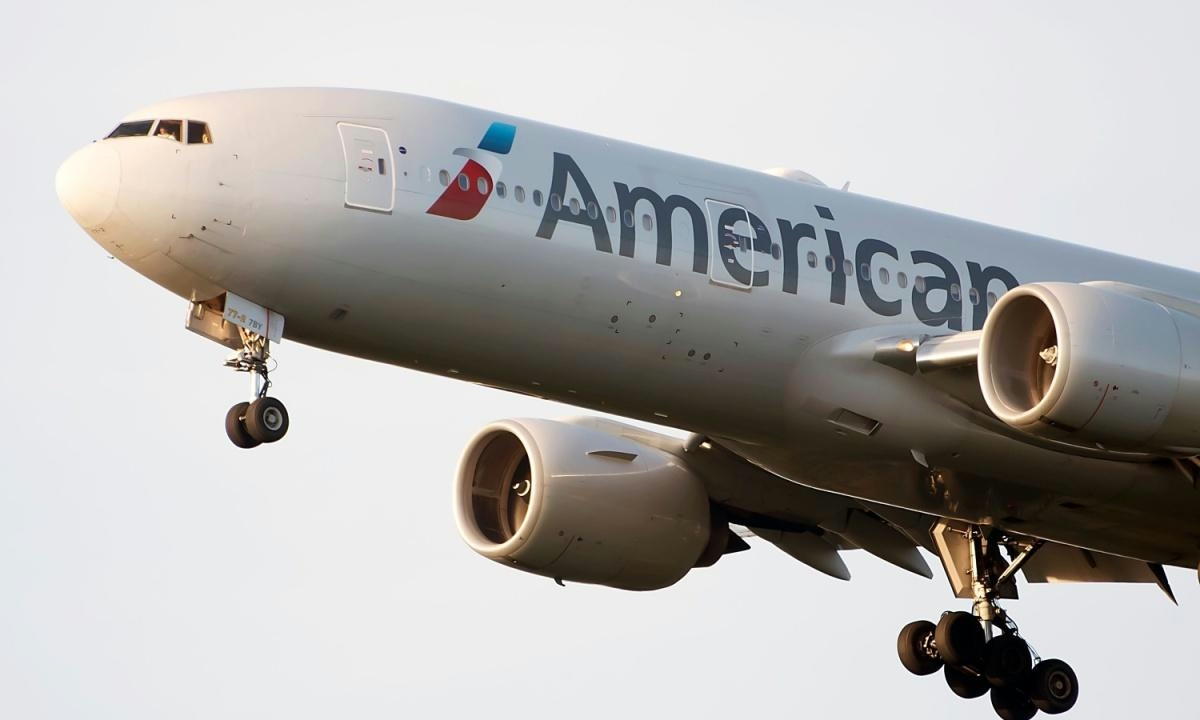
American Airlines’ Plans for Artificial Intelligence
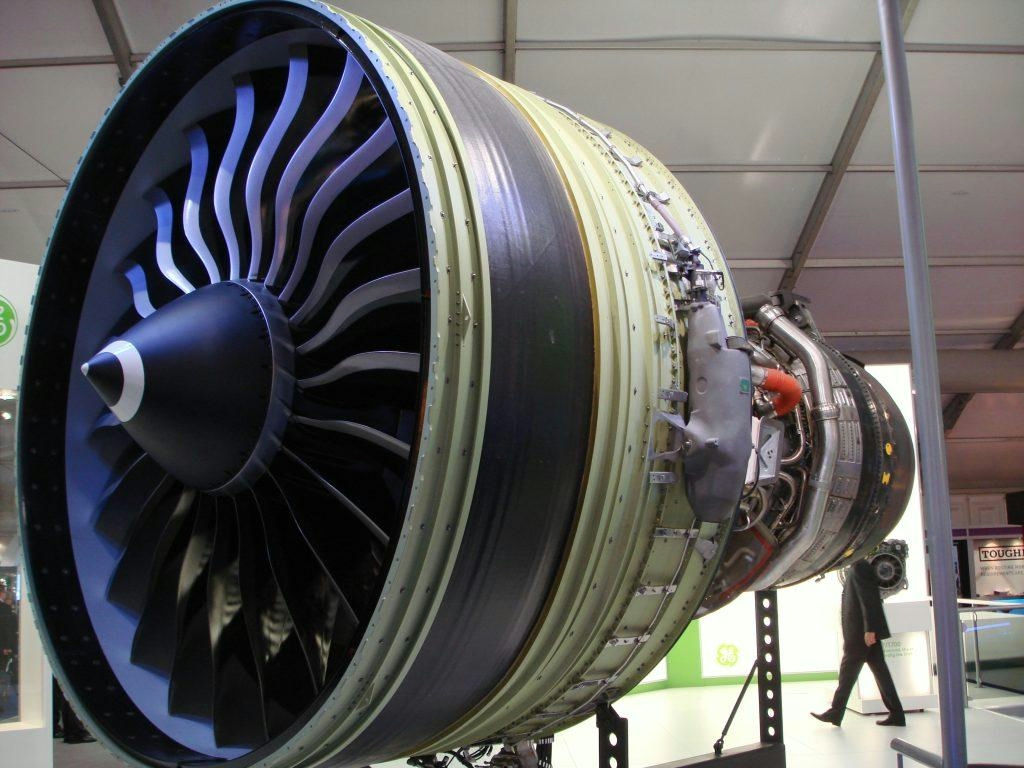
FAA Issues Airworthiness Directive for GE90 Engines After Powder Metal Contamination Found

Boom Supersonic Uses Jet Engines to Power Off-Grid AI Data Center

Flying taxis could take off this year in Florida
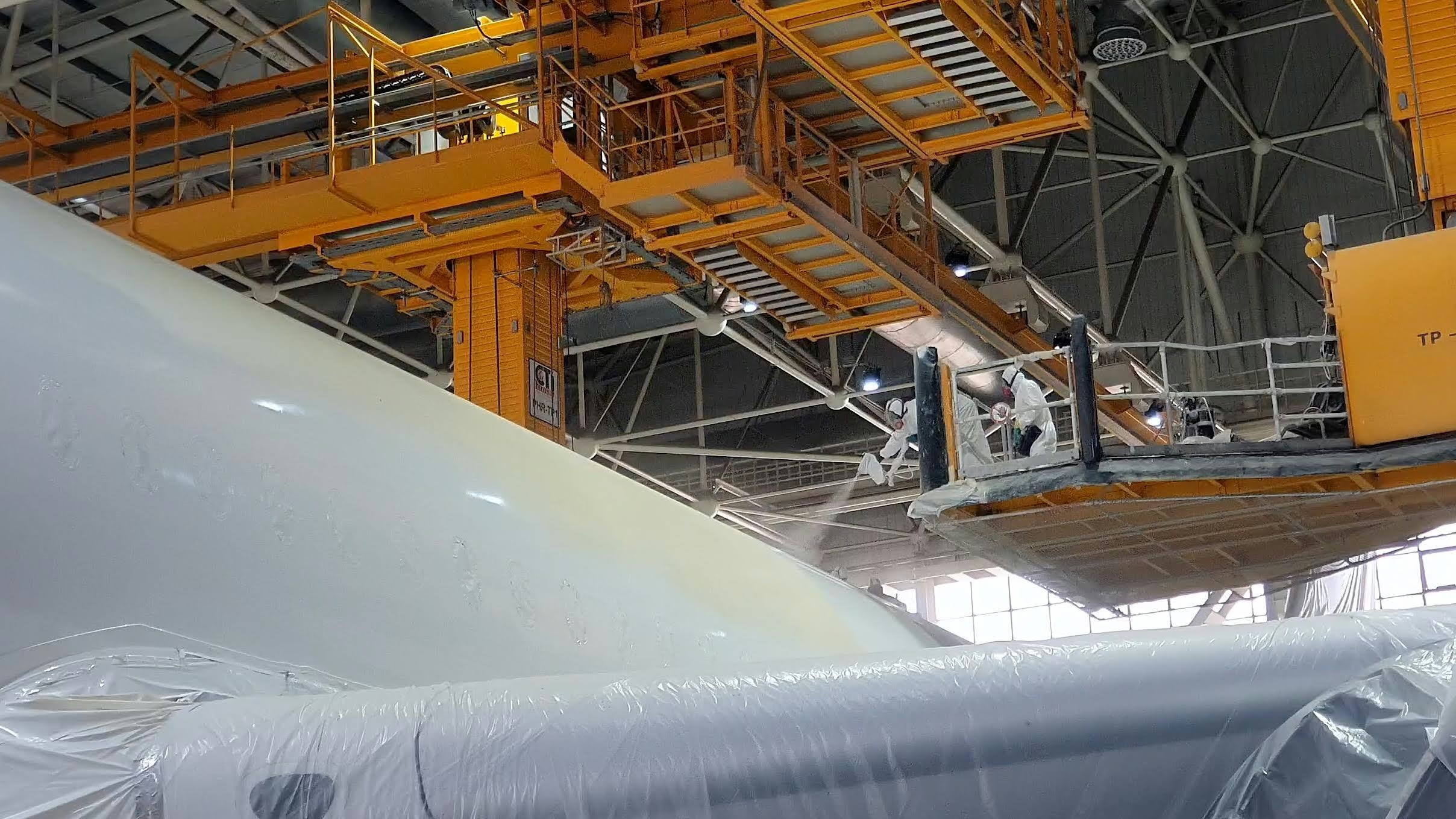
ASKY and TAAG Angola Airlines Establish In-House MRO Facilities to Support Fleet Expansion

Airbus to Release Audited 2025 Orders and Delivery Data on January 12
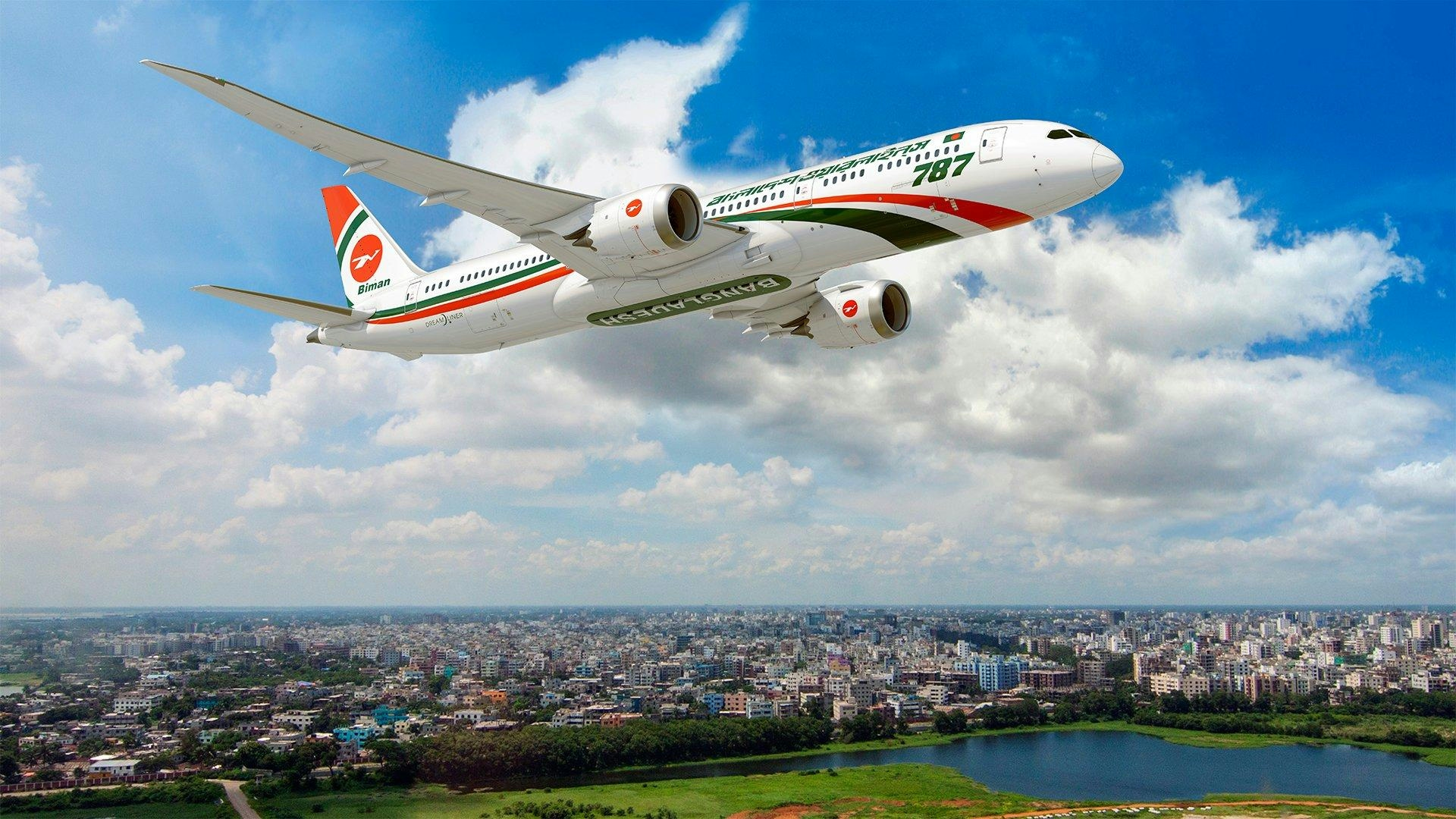
Biman Bangladesh Selects Boeing for New Aircraft Order

Amazon Cancels Italian Drone Delivery Plans Days Before Launch, Setback for U-space

Lufthansa Celebrates 100 Years of Aviation Innovation
